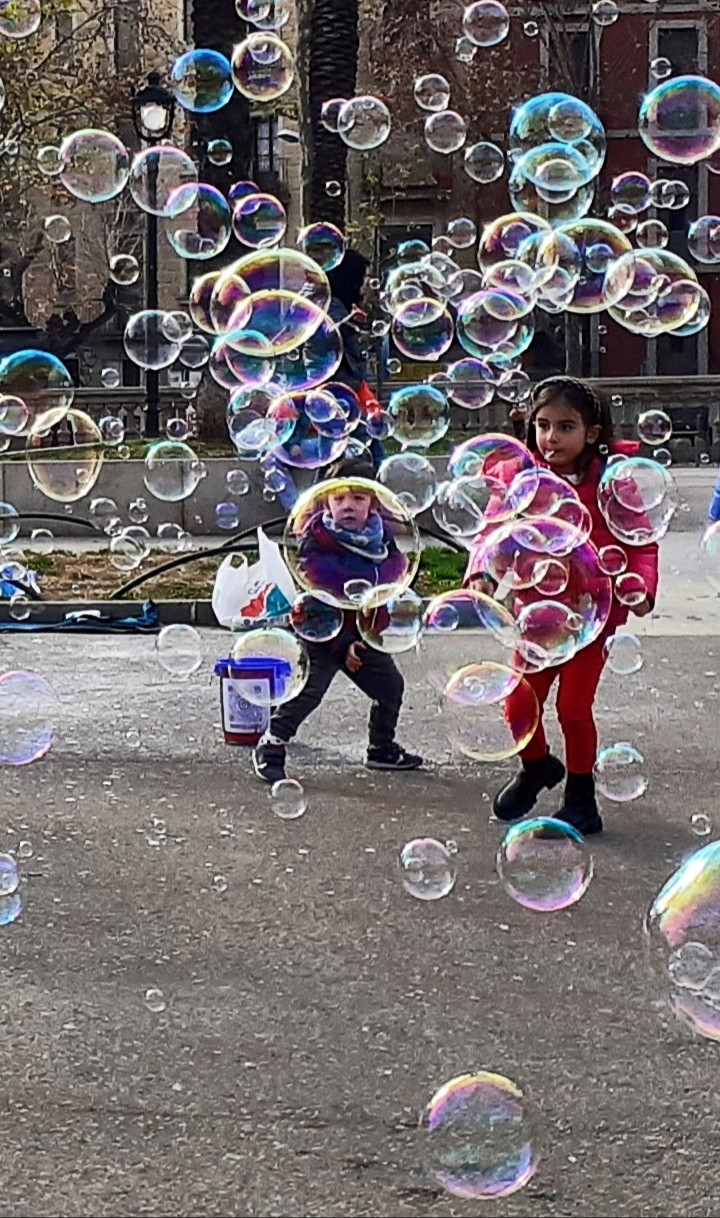One of the reasons why Barcelona is such a hotbed for AI is because of its strong academic and research institutions. The city is home to two of the top universities in Spain: the Universitat de Barcelona and the Universitat Politècnica de Catalunya. These universities have strong programs in computer science, mathematics, and engineering, which are all essential for AI research.
In addition to its academic institutions, Barcelona is also home to a number of AI startups. These startups are developing a variety of AI-powered products and services, including healthcare applications, financial services applications, and marketing applications.
Barcelona is also a popular destination for AI talent from around the world. The city is known for its relaxed lifestyle, its Mediterranean climate, and its vibrant culture. These factors make Barcelona an attractive place to live and work for AI professionals.
In this blog post, I will explore some of the ways in which AI is transforming Barcelona, from improving public services and urban mobility, to fostering ethical and inclusive use of data and algorithms.
AI for public services and urban mobility
One of the main goals of Barcelona's digital strategy is to use AI to improve public services and urban mobility, making the city more efficient, sustainable and responsive to citizens' needs. For example, Barcelona is using AI to optimize waste management, traffic control, public transport, energy consumption and air quality. Some of the projects that illustrate this are:
- Nennisiwok Artificial Intelligence Lab, a company that develops AI solutions for smart cities, such as a system that uses computer vision and deep learning to detect and classify waste in real time, helping to reduce littering and increase recycling rates.
- Microsoft's R&D hub in Spain, focused on applying AI models to improve user experience on the web. The hub is located in Barcelona and is part of Microsoft's WebXT division, which contributes to the development of multiple products, including Windows, Azure and Bing.
- LOGISTAR, a European project that uses AI to optimize the European supply chain, reducing costs, emissions and congestion. The project involves several partners from Spain, including the Artificial Intelligence Research Institute (IIIA-CSIC), which is based in Barcelona and conducts basic research in AI.
AI for ethics and inclusion
Another key aspect of Barcelona's digital strategy is to promote the ethical and inclusive use of AI, ensuring that data and algorithms respect citizens' digital rights and do not discriminate or harm anyone. To achieve this, Barcelona has developed several initiatives, such as:
- The Municipal strategy on algorithms and data to ethically drive artificial intelligence, a government measure that lays down the mechanisms for applying AI to municipal management and services while respecting citizens' digital rights. The measure includes principles such as transparency, accountability, privacy, security, diversity and non-discrimination.
- The Decidim platform, an open source software that enables participatory democracy and collective intelligence. The platform uses AI to analyze and cluster citizens' proposals, comments and votes, facilitating deliberation and decision making.
- The WeNet project, a European project that aims to create a platform for social networking based on diversity-aware AI. The project involves several partners from Spain, including IIIA-CSIC, which leads the research on diversity-aware machine learning.
AI for creativity and culture
Finally, Barcelona is also using AI to foster creativity and culture, enhancing the city's artistic and cultural heritage with innovative technologies. Some of the examples of this are:
- Play & Sing, a project that uses AI to help people with brain injuries recover their musical abilities. The project is led by IIIA-CSIC in collaboration with Hospital de la Santa Creu i Sant Pau.
- Gutenberg y ChatGPT, a project that uses AI to generate interactive stories based on classic literature. The project is developed by IIIA-CSIC in collaboration with Universitat Pompeu Fabra.
- Numerales, a project that uses AI to create numerical art based on mathematical concepts. The project is developed by IIIA-CSIC in collaboration with Escola Massana.
Artificial Intelligence is transforming Barcelona in many ways, making it a smarter, more sustainable, more democratic and more creative city. Barcelona is committed to being at the forefront of AI innovation, while ensuring that it serves the common good and respects human dignity.
As AI continues to grow, Barcelona is well-positioned to become a global leader in the field. The city has all of the ingredients necessary for success: strong academic institutions, a vibrant startup scene, and a talented workforce.



